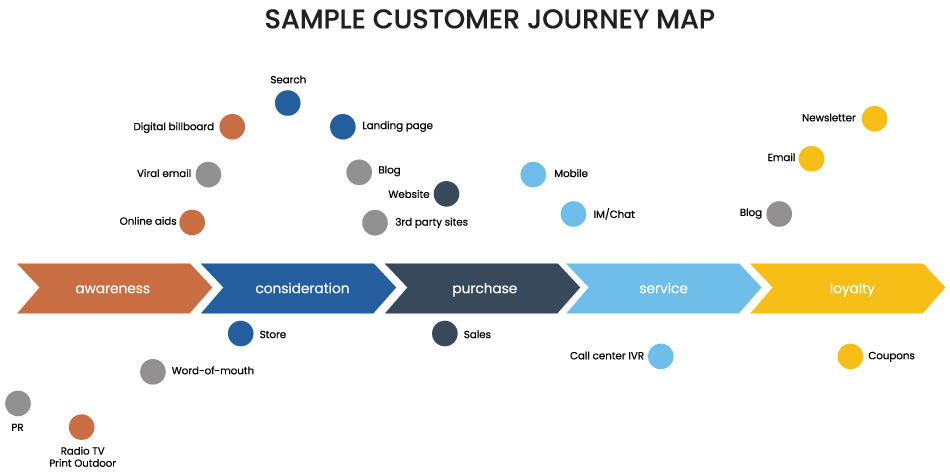The role of marketing has changed dramatically in recent years. Marketers’ scope of work has expanded from just running ads and generating leads. In my recent posts, I discussed how CMOs and their marketing teams own organizational growth and are expected to manage customer churn. The marketing tech stack is now owned and run by marketers and not the IT team. These are just a few ways in which marketing’s avatar is evolving.
The line between Customer Experience (CX) and marketing is already blurring. CX is no longer a siloed function. For companies to grow, their CX strategy needs to be deeply intertwined with everything the organization plans and executes across functional areas, including marketing. But of all the departments, CX has a special place in marketing.
Historically, marketers have always cared about customer behavior for their campaigns. But now more than ever, the marketing function is in the process of understanding, influencing, and changing the customer perceptions, which traditionally was seen as a CX responsibility.
The difference now is that CMOs and their teams’ scope has expanded from lead generation to delivering a consistent and seamless experience, from acquisition to conversion to growth to advocacy. Marketers are beginning to support customer journeys, similar to what CX used to do. This new reality shift means that marketers need to have the right message ready for customers, no matter the channel and no matter the time. And, customer needs are changing fast too. This means that marketing needs to capture, analyze and deliver against these new expectations.
It’s crucial for marketers to be mindful of the customer experience, and be active in helping improve it. Here’s what marketing can do to optimize the CX.
The first step in owning CX is to start with a deep understanding of the customer profile.
This has two key parts:

Outlining your current steps, touchpoints or processes helps to visualize what the customer is experiencing in real-time and may unveil common pain points that need to be addressed. The ability to establish empathy for your customers and identify how they’re feeling at every turn is what makes customer journey mapping powerful.
Through this exercise, you’ll also be able to connect with new buyers, existing customers, and past ones. Marketers can engage with all of them at every stage with the relevant messaging to reduce friction and provide relevant and personalized content. This not only improves customer experience, but it also helps move more customers or prospects down the funnel to sales, repeat sales, and advocacy.
Once the journey is mapped, marketers need to build a thorough and deliberate content strategy that addresses all the good and bad points across the journey. This strategy should be persona and touch point specific, not a one size fits all.
Start with a content strategy that is grounded in the very purpose of content marketing – creating and adding value to customers. Don’t hard sell. Rather provide a solution to a problem or offer value in the form of information. If you put out the most relevant content for your new, current and past customers depending on the persona and the touch points, it builds relevance and trust. This trust then creates repeat visits, be it in-store or online. This triggers repeat purchases and loyalty.
Social Media is an interesting channel that functions as a marketing platform and a customer service medium. But, social media accounts are owned by marketing in most companies. So why cannot CX become part of marketing’s ownership?
When marketers own CX on social media, they can enhance the customer experience by responding quickly to questions and starting the conversation. They can use it promote content, communicate service enhancements, new products or product features, and loyalty rewards to eligible users. When done right your customers become defacto promotors who rave about your brand. This success then gets noticed by your prospects and is likely to increase your overall customer base.
Marketers can also run integrated campaigns between email, search, and social. These can be designed in such a way that markets layout a series of personalized connects with each persona and their specific journey touch points. Using this approach marketers can share the right content and engage with the right prospects on the right channel at the right time. This strategy is a great way to move prospects and customers down the funnel to closure.
When marketers own the CX, they have an opportunity to create a new customer base, increase stickiness with current customers – moving them towards loyalty and advocacy.
With the connected digital ecosystem, there’s no better time than now for CMOs and their marketing teams to own customer experience. This is the golden era where marketing can own the end-to-end customer journey, from acquisition to repeat customer to a loyal advocate.